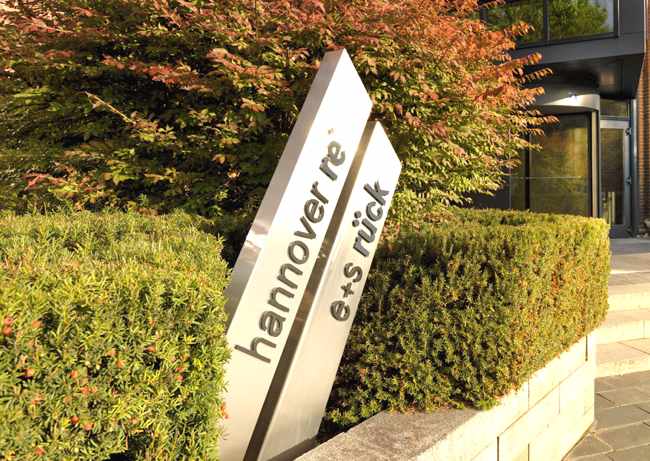Hannover Re grows collateralised reinsurance fronting business 36% in 2022

Global reinsurance giant Hannover Re continued to expand the volume of collateralised business that it acts as a front or transformer for in 2022, with ceded limit rising 36% to almost EUR 6.2 billion for the year.
Hannover Re is a major player in insurance-linked securities (ILS) market facilitation, through its fronting and risk transformation activities in collateralised reinsurance and catastrophe bonds.
In recent years, the reinsurer has been expanding these activities, as it partners with dedicated ILS fund managers and investors, helping to them to access clients risk through Hannover Re’s structures and with the added benefit of its balance-sheet to absorb some tail risk.
For Hannover Re, these relationships deliver additional earnings in terms of fees, but perhaps more importantly enable the company to become a larger and more important reinsurance partner to clients, by enabling them to directly access the capital markets alongside the balance-sheet protection it provides.
The reinsurer measures the volume of these risk fronting and transformation activities for collateralised reinsurance through the ceded exposure limit of the underlying retrocession agreements they entail.
For 2022, Hannover Re said these collateralised fronting limits amounted to almost EUR 6.2 billion of limit ceded, up 36% on the prior year’s EUR 4.55 billion.
The company said, “Collateralised reinsurance, which remains by far our largest segment in the ILS sector, showed further pleasing growth in the year. Most notably, we were able to grow our business with existing clients.”
As Hannover Re takes on some tail risk, to help ILS funds and investors access risk more efficiently, while ensuring clients remain protected, that exposure it retains that is uncollateralised has grown as well.
For the end of 2022, the uncollateralised exposure limit reached EUR 1.865 billion, up from EUR 1.17 billion at the end of the previous year.
However, these are true tail risk exposures and Hannover Re’s actual economic risk of loss, derived using actuarial methods for a worst-case scenario of 10,000 years, only amounts to at most EUR 43.7 million.
Hannover Re is bullish on the potential for its insurance-linked securities related operations, saying, “we anticipate rising demand over the long term.”
Adding, “We are responding to this demand with a strong emphasis on service, offering individually tailored solutions for the transfer of property and life reinsurance risks to the capital market. Over the coming years we expect further growth in business volumes not only in collateralised reinsurance but also when it comes to supporting catastrophe bond issues and in the transfer of life reinsurance risks. All in all, we are looking for our ILS activities to deliver a positive and consistently rising profit contribution.”
Hannover Re recently reported that a $900 million piece of its gross loss from hurricane Ian related to the firm’s ILS related business activities, which are losses it reports but does not retail as they related to the collateralised contracts it fronts for or transforms.
It’s also notable that Hannover Re said that it estimates trapped ILS capital amounted to between US $5 billion and $10 billion at the end of 2022.
Given the reinsurers’ significant footprint in collateralised reinsurance fronting, the company has as good a view of trapped capital as anyone.






